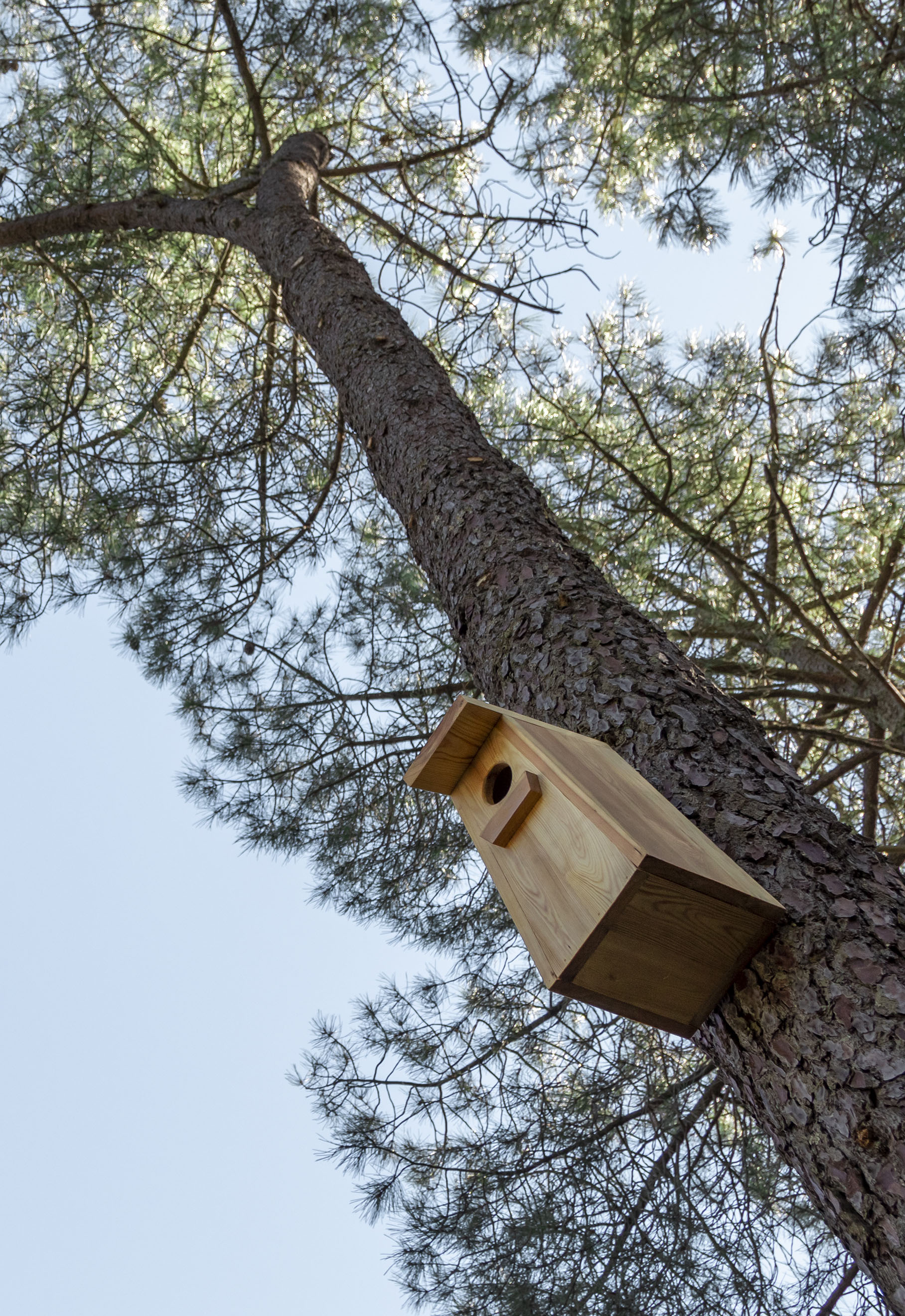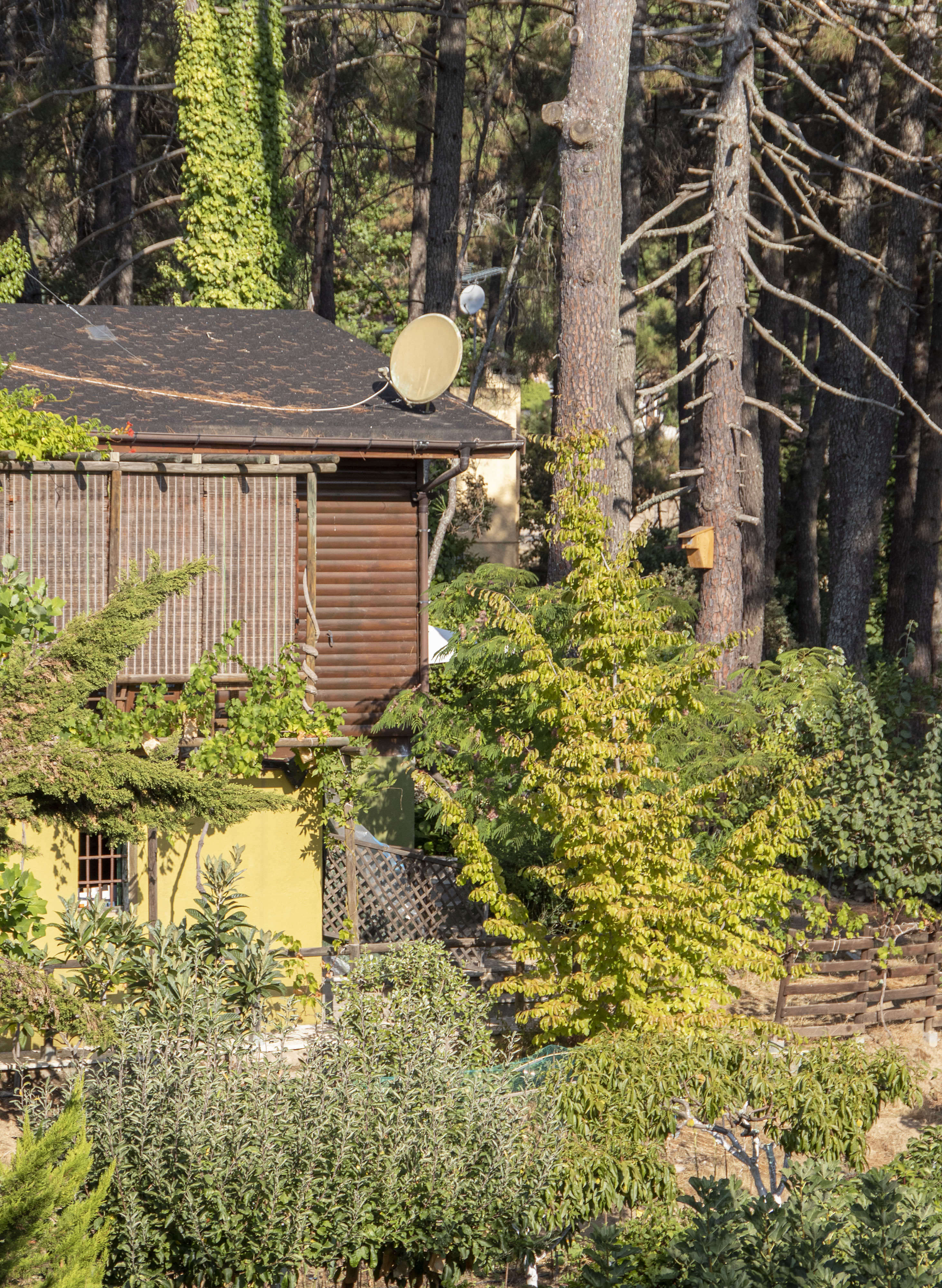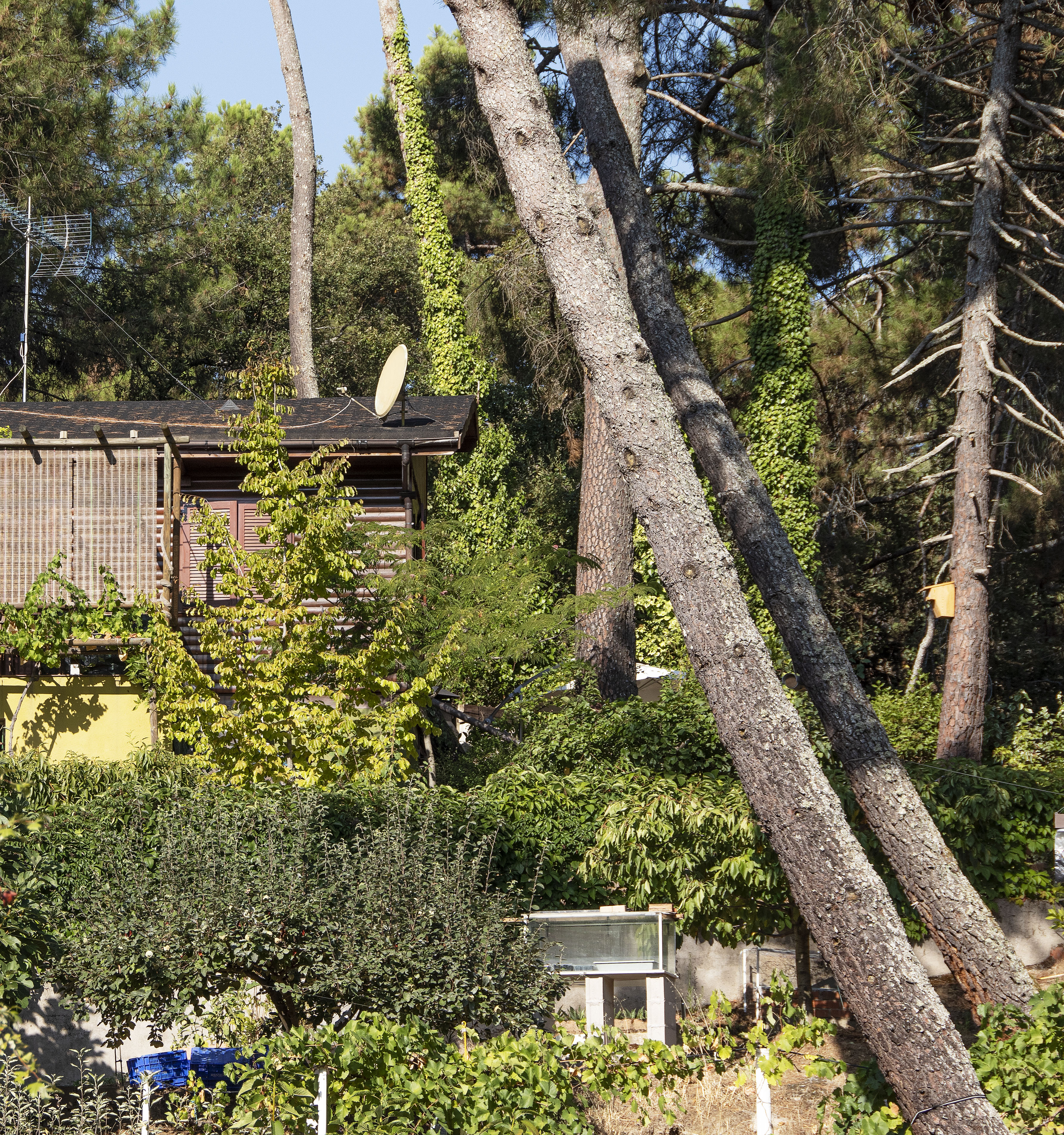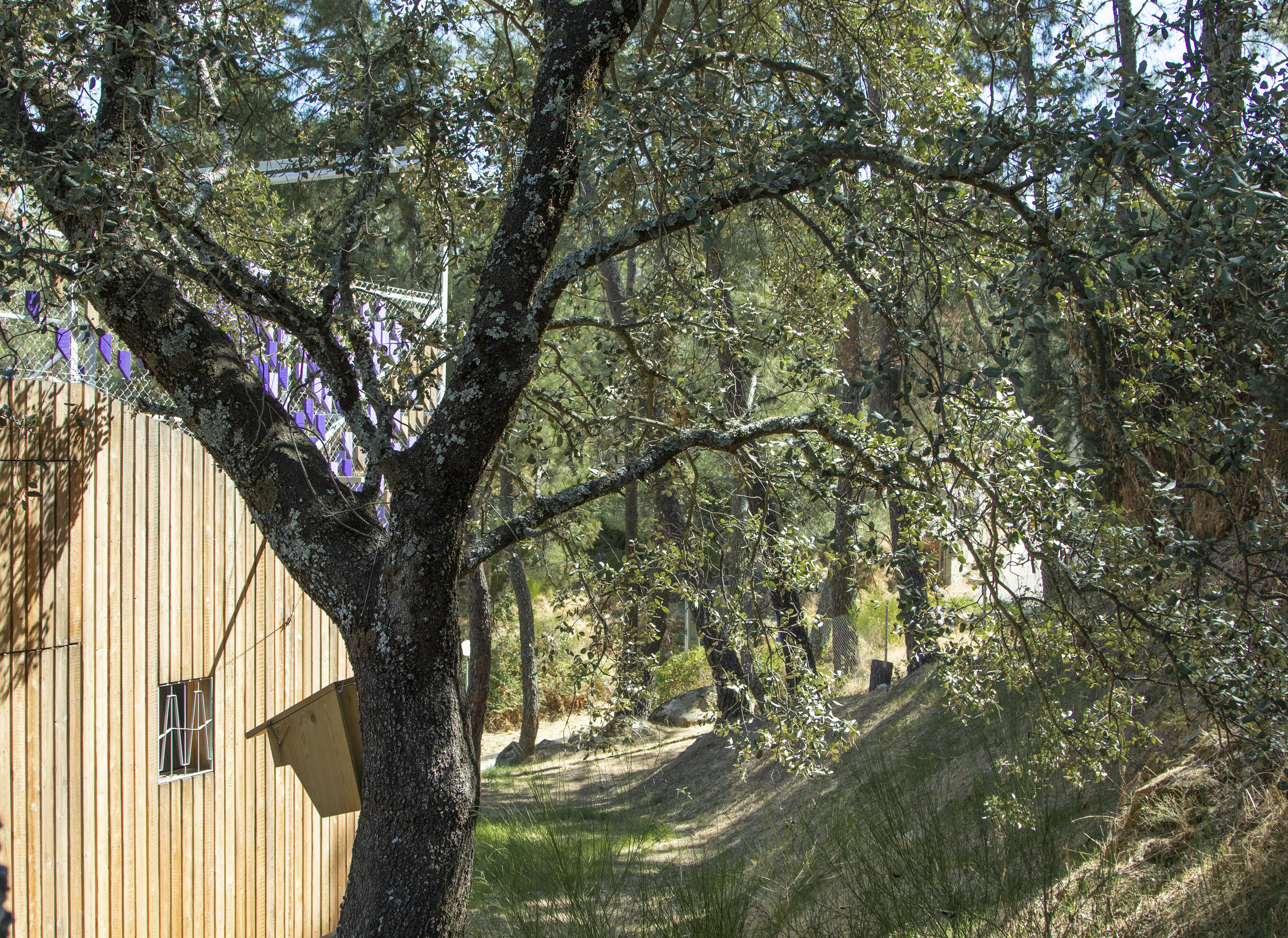>
Animal Architectures and Biological Control of the
Processionary Moth
Western Sierra, Madrid, Spain
2020
This work
consists of a series of animal architectures that contribute, on the one hand,
to the preservation of biodiversity and, on the other hand, to the biological
control of the processionary moth in Mediterranean pine forests and other
locations where overpopulation of this species is common. Currently, a
significant portion of Mediterranean pine forests are experiencing
environmental imbalances, such as biodiversity loss and overpopulation of certain
species. These changes are mostly a consequence
of global warming, as well as certain human actions directly impacting this
type of environment. Among the actions that harm biodiversity
in forests, one significant example is the spraying of chemicals to eliminate
species that have become too abundant. These actions not only affect the
targeted species, but also have indirect consequences for others in the
ecosystem. Efforts to eradicate the overpopulation of the pine processionary
moth with pesticides are an example of such actions, and today it is perhaps
one of the most worrying cases of spraying in this ecosystem, as well as in
other Mediterranean forests.
The
spraying of insecticides is a direct attack against this species; instead, we
posit that overpopulation should be dealt with through comprehensive actions
that care for the forest in its entirety, without excluding the processionary.
Such actions could entail, for example, biological control through the care and
promotion of biodiversity.
As an alternative, and as part of a set of
community actions of integral care, we have designed different models of
architectures for species of animals in this forest that require cavities where
they can nest or find refuge. These animal architectures are adaptations that
have been learned from others and are still rare and largely overlooked.
However, they are very important. They have been made by some residents of
urban areas in the Sierra Oeste in Madrid and Ávila, as well as by associations
of biologists, amateur ornithologists, citizens, and other environmental
activists in various towns in the Sierra Oeste de Madrid and other nearby
locations







![]()



